How to get a holistic view of your overall marketing performance and define which campaigns and channels are most efficient and give you the most value? And how to allocate your budget to increase your return on ad spend (ROAS)?
Every week organizations lose the opportunity to yield up to 30% more revenue due to inefficient campaign budget allocation.
This is why we need campaign optimization. By optimizing marketing campaigns, companies maximize their profit and get more insights into their data, specific patterns, and the effect of their current activities. This article will talk about how to optimize your marketing campaigns and allocate your budget more efficiently.
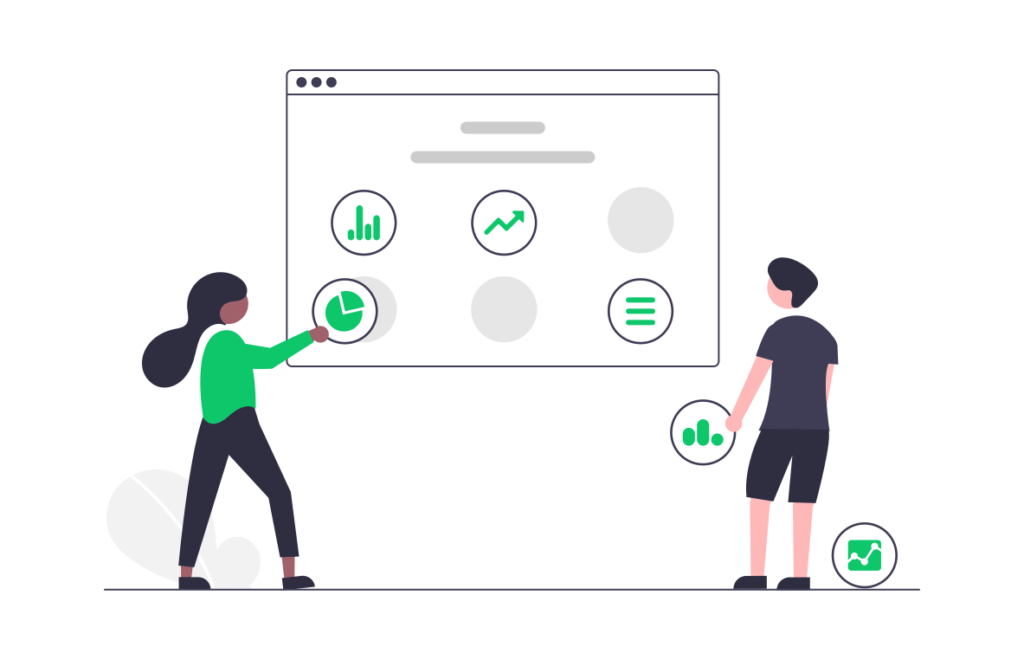
Structure of the article:
- What is campaign optimization, and why is it so important?
- How to optimize your marketing campaign manually?
- What are the benefits of campaign optimization with AI?
What is campaign optimization, and why is it so important?
When running multi-channel marketing campaigns, many marketers are facing the following challenges:
- No transparent overview of the campaign results
- The time-consuming process of data analysis
- Inability to compare the outcome from different channels easily
- A vague or very channel focussed understanding of trends and patterns in KPIs behavior
- Inefficient budget allocation
As a result, it becomes hard to understand why your current investment does not bring any conversions and leads in return or how it could bring more. At the same time, efficient budget allocation remains the key to success!
That is why we need to continuously optimize our ad campaigns.
Multi-channel campaign optimization is the process of smart budget allocation across various channels with the primary goal – to get maximum return on your investment. It is also called “CBO” – campaign budget optimization.
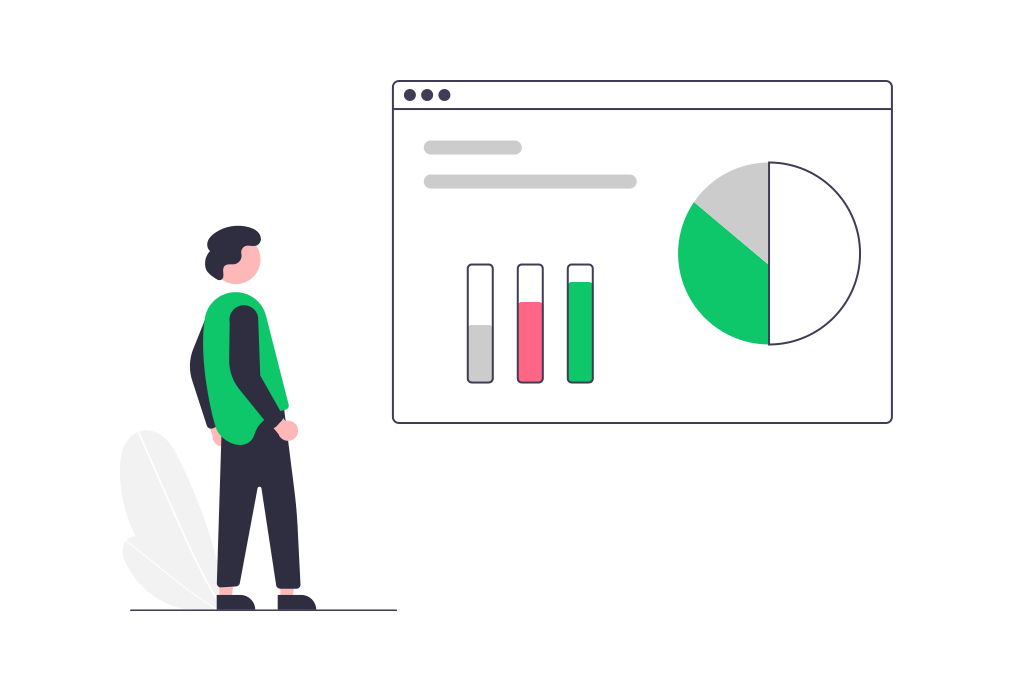
In an attempt to optimize their campaigns, digital marketers are typically facing the following challenges:
- Massive volume of data from different sources
Nowadays, on average, digital marketers use more than five platforms/publishers for managing their ad campaigns (e.g., Google Ads, LinkedIn, Facebook, etc.). As a result, they have massive volumes of data, which can be hard to aggregate.
- The data is incomparable.
Having a vast volume of data from different sources means having a lot of data that is not standardized. As a result, such an amount of unstandardized data is almost impossible to compare and analyze.
- Complexity of AI and machine learning technologies
Not many companies can afford to hire an AI specialist or data scientist to analyze this vast data volume. In the next chapter, we will show you a way to overcome these problems.
How to optimize your marketing campaign manually?
So, how to make sure you get the maximum out of your marketing efforts with minimum investment?
To answer this question, a digital marketer needs to understand:
- What campaigns and which channels perform the best?
- Which ad, post, or video contributed the most to your success?
- How much money is each channel worth to invest in to improve the results and increase conversions?
As mentioned before, campaign optimization is something you can also do yourself without applying AI solutions.
Here are the four main steps of how to manually optimize your marketing campaigns:
1. Define the goal
First of all, specify the primary purpose of your campaigns. It would help if you got a clear understanding of what exactly you want to achieve and how you want to measure it.
Although it sounds so easy, in practice, many companies ignore this step and, as a result, lose their most valuable resources: time and money.
Here are three essential questions that you need to ask yourself at this stage:
- Why? (Describe your main goal)
- What? (What do you want to measure?)
- How? (How do you want to measure it?)
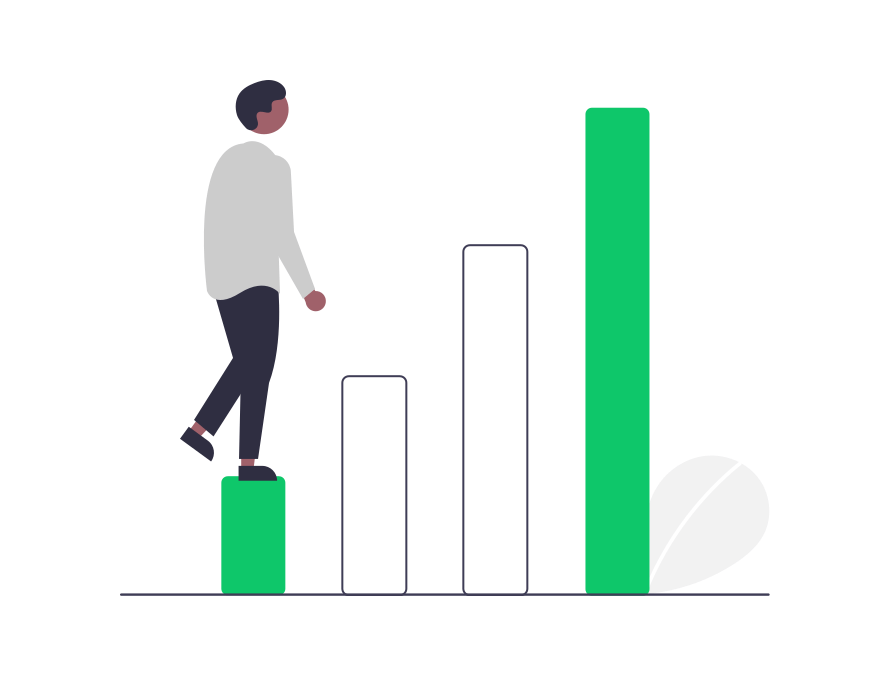
2. Collect the data
After setting the primary goal, the next step is to collect the data. To optimize campaigns, we need to gather all the information we have. The more data you have, the more accurate your prediction will be.
But how to collect and aggregate the data from different sources?
You can do this with the help of Excel or more advanced tools (such as nexoya). To keep your dataset up-to-date, remember to ensure regular data exports: e.g., daily, weekly, monthly. Here you can find a guide on how to export the data from each tool.
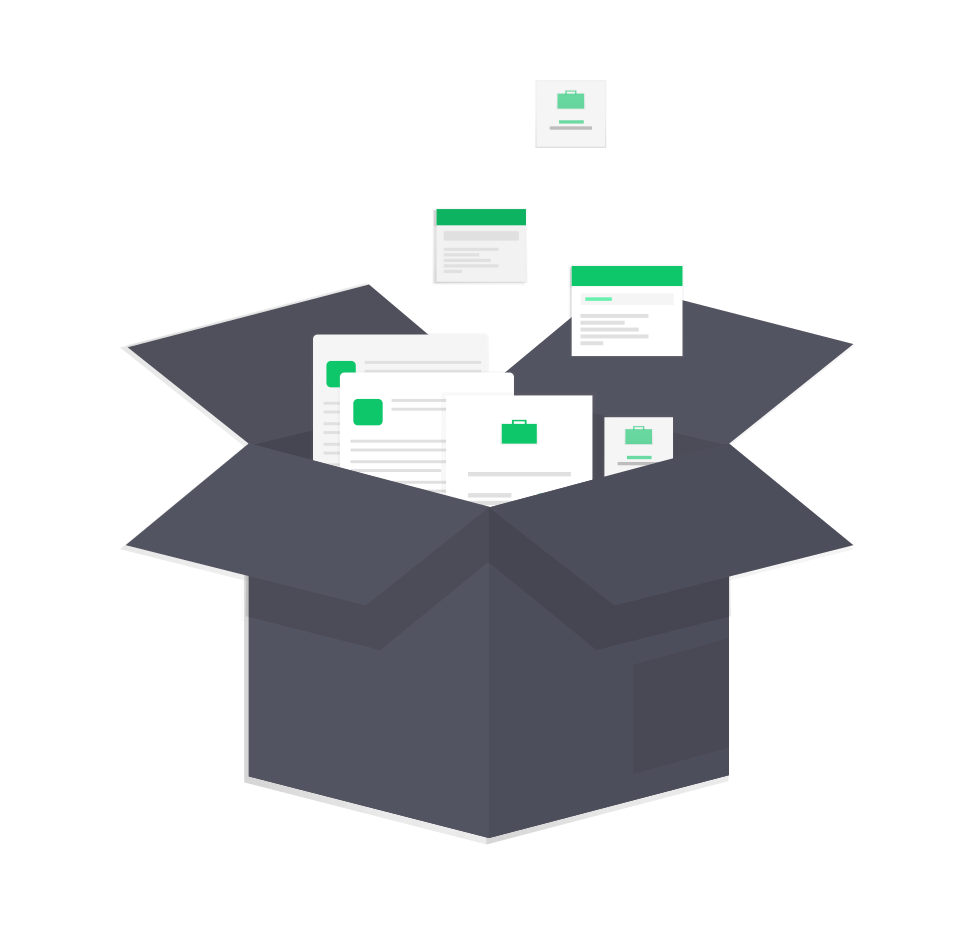
3. Standardize the data
Since the data comes from many different channels, it has different granularity, making it challenging to compare in terms of content.
That is why the next step is to standardize and denominate the data.
To achieve harmonization through the channels, it is crucial to make values comparable. Hence, the next step will be to separate the data into categories, for example:
- Display (e.g., impressions, viewable impressions, reach)
- Actions (e.g., clicks, link clicks, video views)
- Leads/Conversions/Acquisitions (e.g., conversions, Google goals)
After that, it is crucial to calculate the cost of each category, which means defining CPM (Cost Per Thousand), CPC (Cost Per Click), and CPL (Cost Per Lead) for each channel.

In other words, you need to define the value of each identification by dividing costs into the number of impressions, clicks, and leads you get.
As a result, you will get standardized data for each channel.
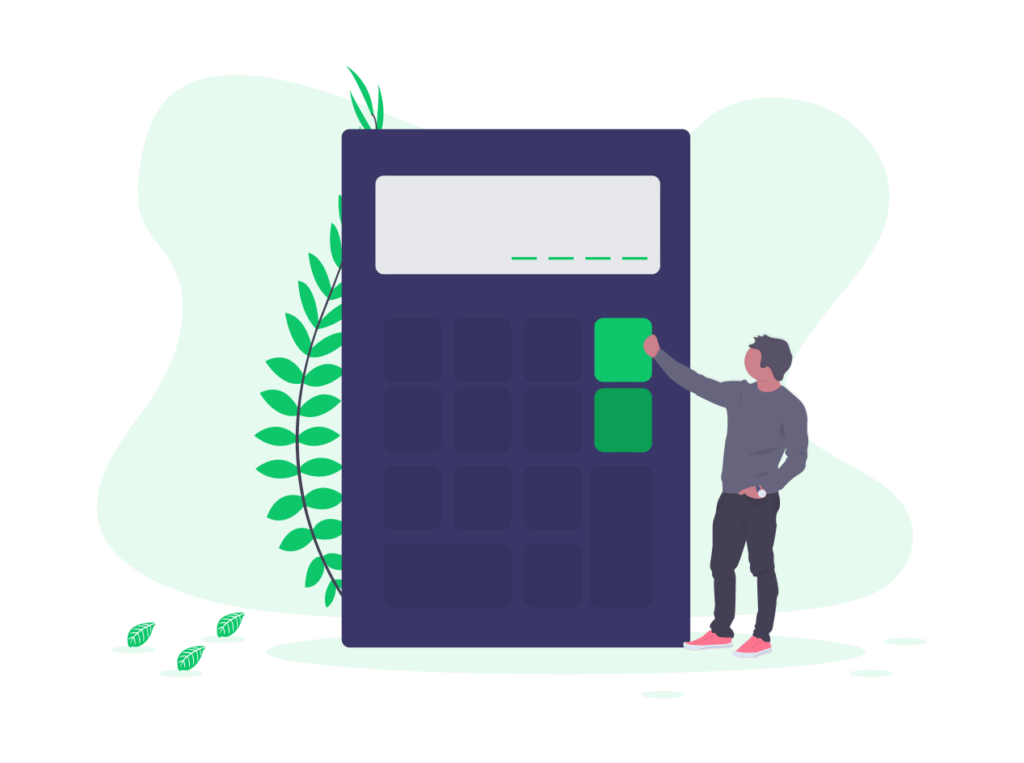
4. Optimize your campaigns
This step can imply two main substeps: Data analysis, Prediction, and Budget allocation.
Analyze your data
After gathering everything in one place, take some time to verify and analyze your data. It is vital to ensure you’ve accurate data, the statistics are correct, the tracking set-up correctly, and so forth. After we standardized the data, we can easily spot the lowest prices for each channel and get a first glimpse of each campaign’s past performance. But, it is essential to understand that these values show us information only about the past.
Apply predictions
But we obviously don’t stop here – for us, the primary goal is to optimize campaigns for the future.
That is why we need predictions.
Implementation of Predictive Analytics can help you predict future sales (demand on your product) and detect anomalies in the indicator’s behavior (based on the historical data).
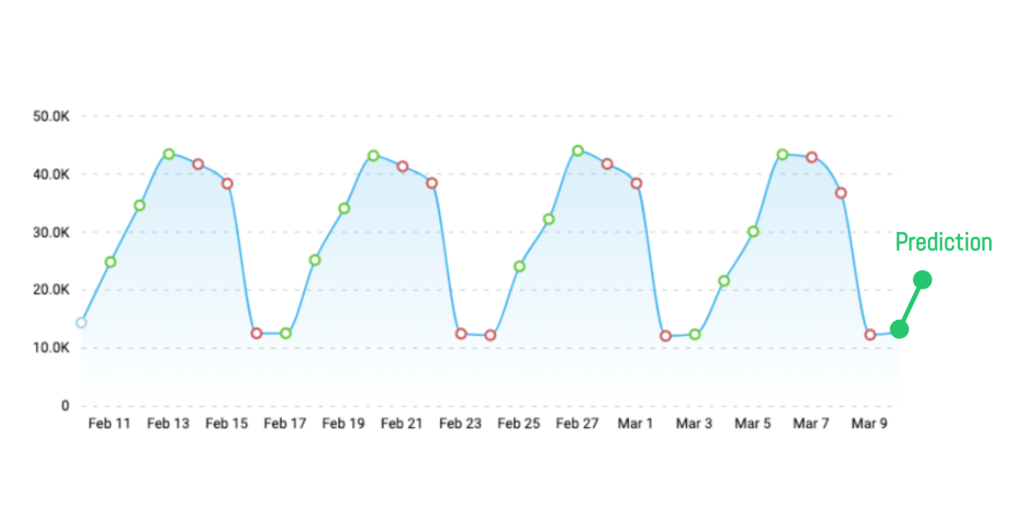
There are, of course, many ways to calculate predictions. A straightforward and broadly available way is Excel since it offers different forecasting functions, such as LLS (Linear Least Squares) or ETS (Exponential Triple Smoothing). For more sophisticated predictions, you will either need the help of a Data Scientist implementing and tuning neural networks (Machine Learning) for you or leverage tools and platforms with standardized prediction modeling.
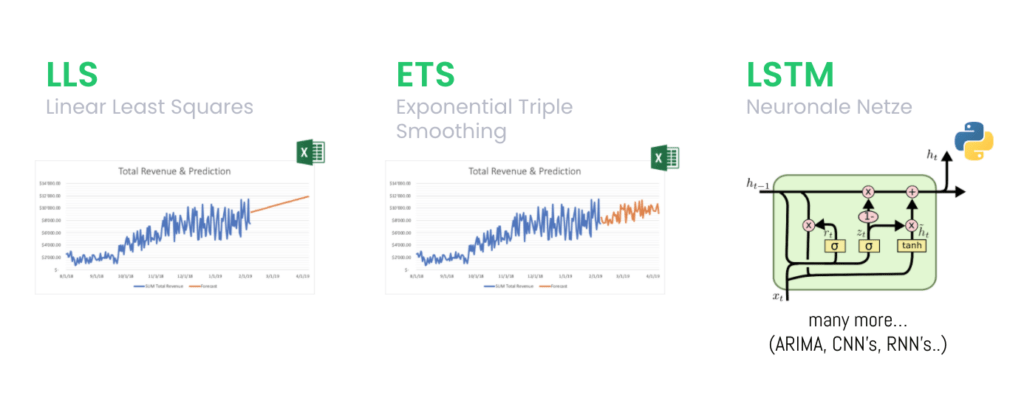
Without a doubt, the latter will provide higher accuracy prediction, which, of course, will affect the effectiveness of marketing campaigns and the revenue you get.
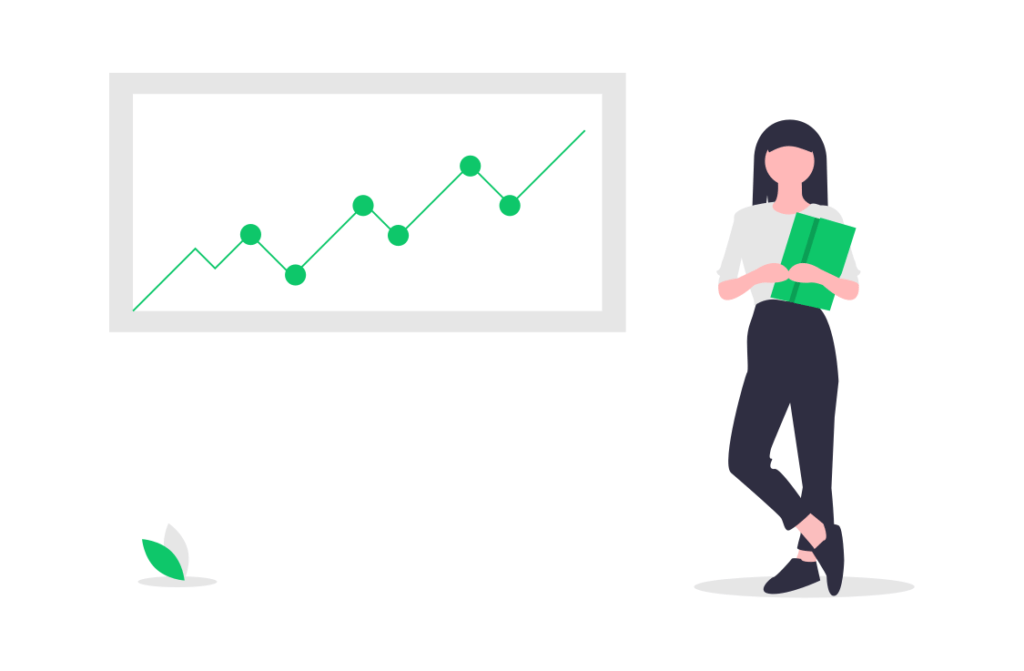
Define optimal budget allocation
Now that you have assumptions on how tomorrow’s prices will be, you can calculate the future efficiency of each campaign. As a next step, you start adjusting the budget based on the expected costs (more budget on efficient campaigns, less money on inefficient ones). Finally, adjust your budgets per campaign, maximizing the total return you are getting.
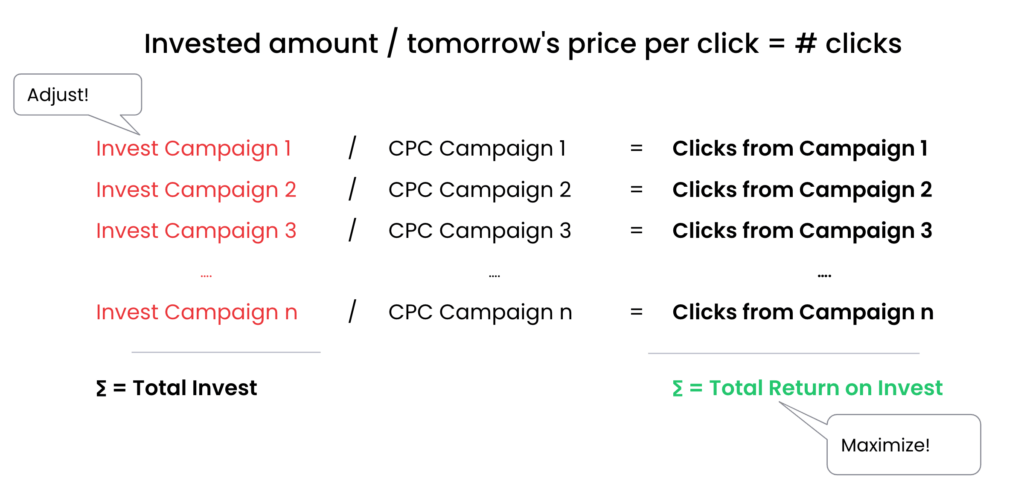
Keep an eye on your bidding strategy, which you’ve or your overall setup. For example, if you set your campaigns up as “lifetime budget,” then the simple adjustment is harder and doesn’t work efficiently.
You can apply this procedure to all campaigns over all channels you want to optimize. But of course, if you do so, the potential combinations of budget allocations count up to thousands and thousands – yet another spot where the power of Machine Learning can help to solve such optimization problems on vast data sets. And by that, pinpoint the optimal allocation of your investments for the future.
Keep in mind that optimization is an ongoing process, which should be applied continuously. From this perspective, AI tools and automation provide a huge benefit for this optimization process.
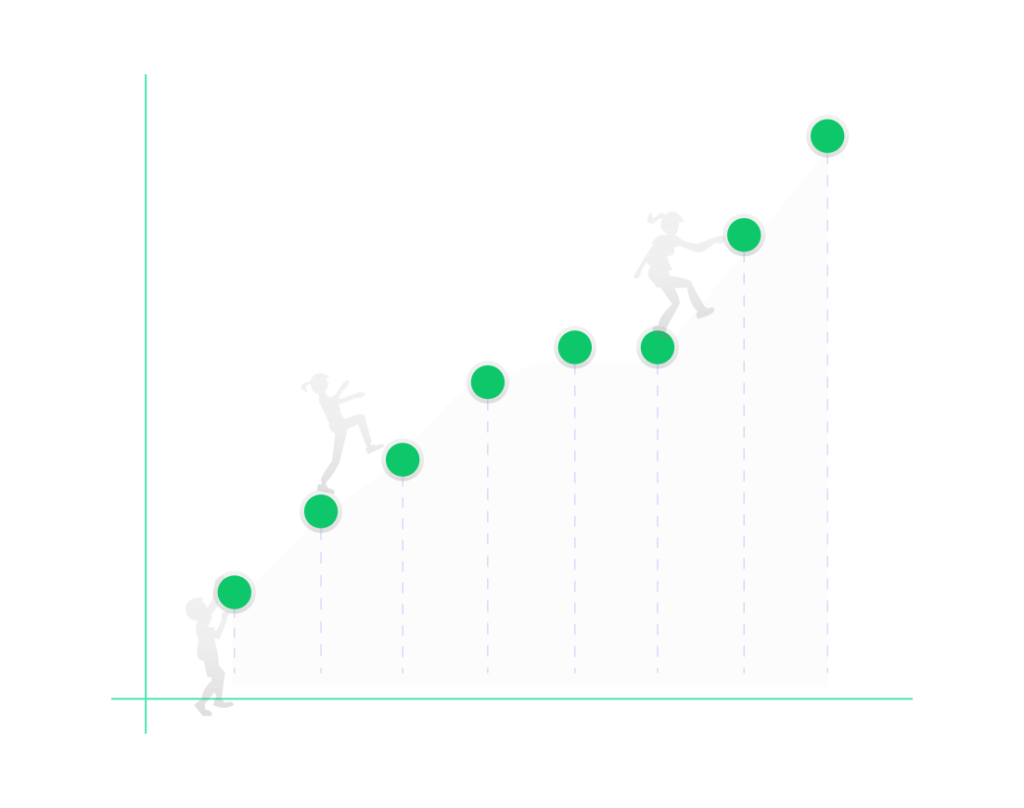
That is it! Now you know how to optimize your campaigns manually.
Need some assistance? Check out our free cross channel campaign analytics template!
Last but not least, it is essential to understand the main limitations of manual budget optimization:
- Time-consuming
- Higher risk of human errors
- Lower quality prediction
- Impossible to consider all the potential combinations of budget allocation
- Not automated
What are the benefits of campaign optimization with AI?
Unfortunately, as you might have noticed, manually conducted campaign optimization is very time consuming and has its limitations. Luckily, modern AI technologies and AI-driven solutions can help you simplify and automate this process.
Key benefits of campaign optimization with AI:
- Higher ROAS due to the better predictions
- Efficient and reliable
- Ongoing process
- Comparison of thousands of potential combinations of budget allocation
- Elimination of inefficient budget allocation
At nexoya, with the help of artificial intelligence, we aggregate your data from different marketing channels, analyze your existing campaigns, predict the potential future performance and automatically propose an allocation of budgets for upcoming weeks.
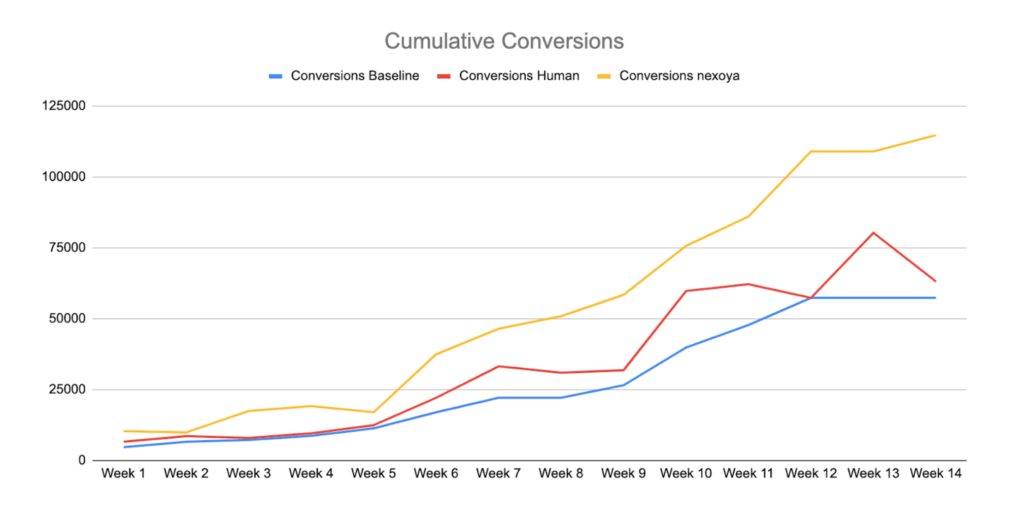
Nexoya’s AI algorithm consists of two key elements:
- AI – Prediction
- This element allows us to predict your potential future campaign performance across all the marketing channels
- AI – Optimization
- Thanks to this element, the algorithm estimates all the possible scenarios and defines the optimal budget allocation that ensures the highest return on ad spend.
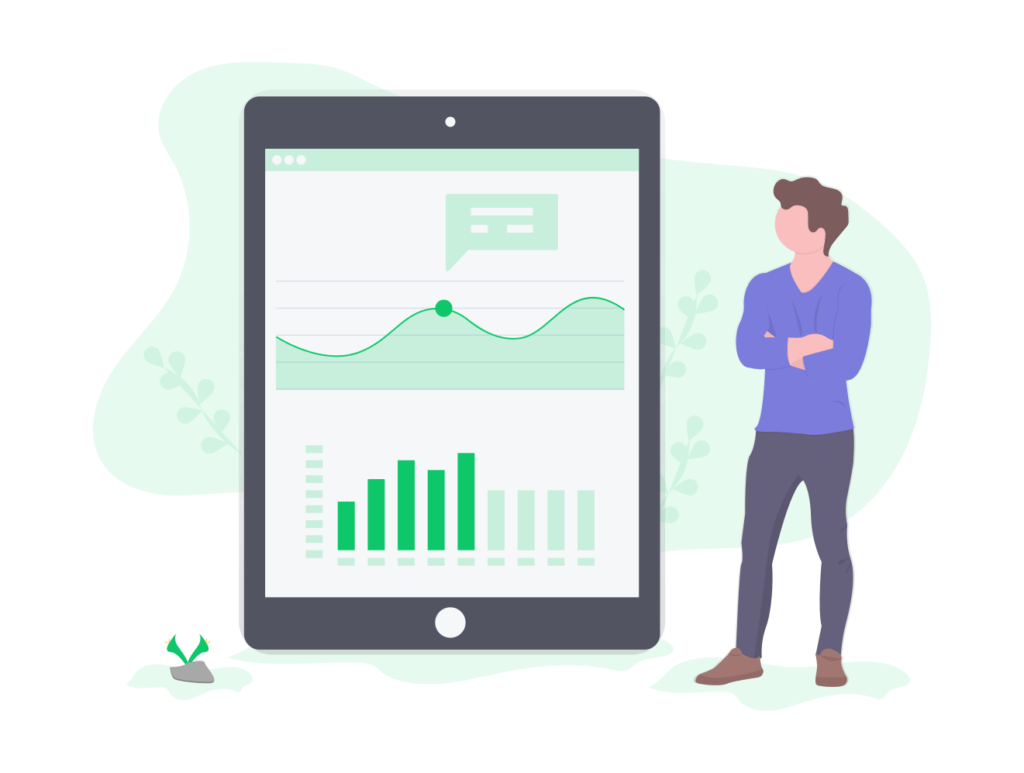
Find out more about how campaign optimization with AI works!
Although it is possible to optimize your campaigns manually, only by using AI technologies can you ensure the sustainability of this process and achieve a higher increase in ROAS continuously with low effort on your side.
The better your prediction is, the better your optimization will be – so if you want to get more ROAS, you need to invest in modern AI models (Machine Learning).
Learn more about Top 5 Marketing Analytics Trends in 2021 or download our free ebook and learn the fundamentals of data-drivenness with 17 marketing KPIs!